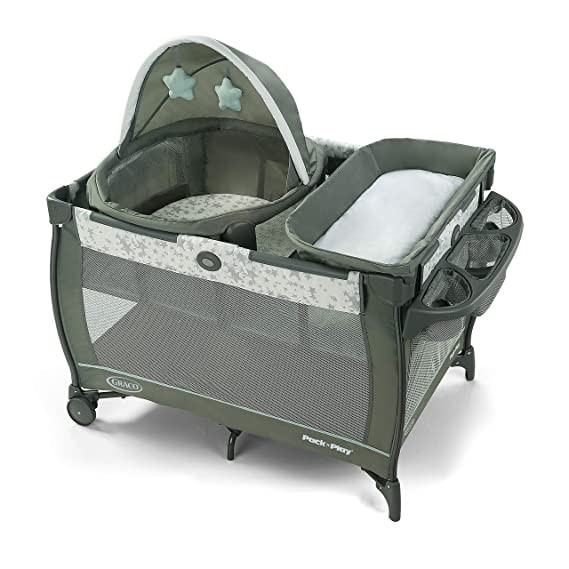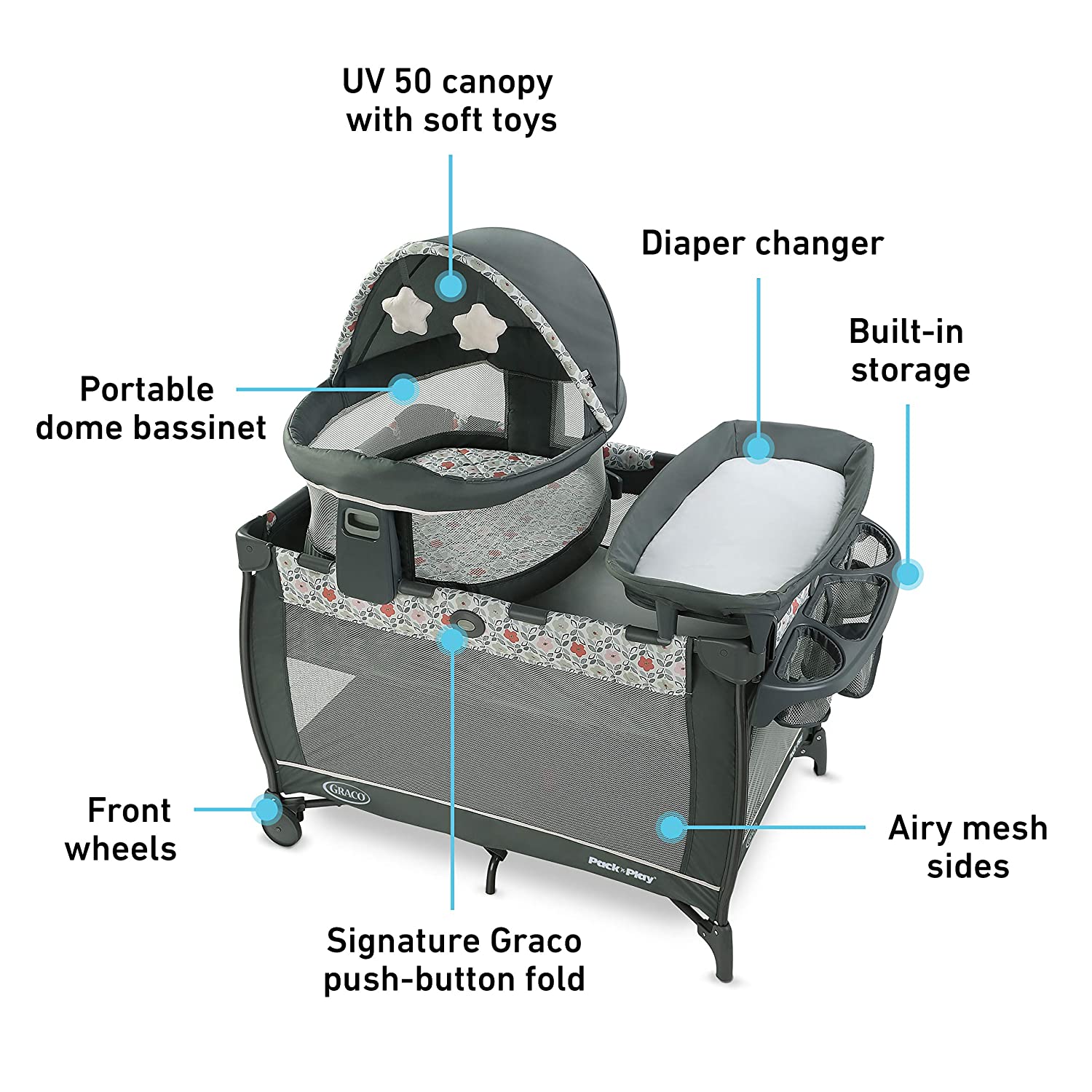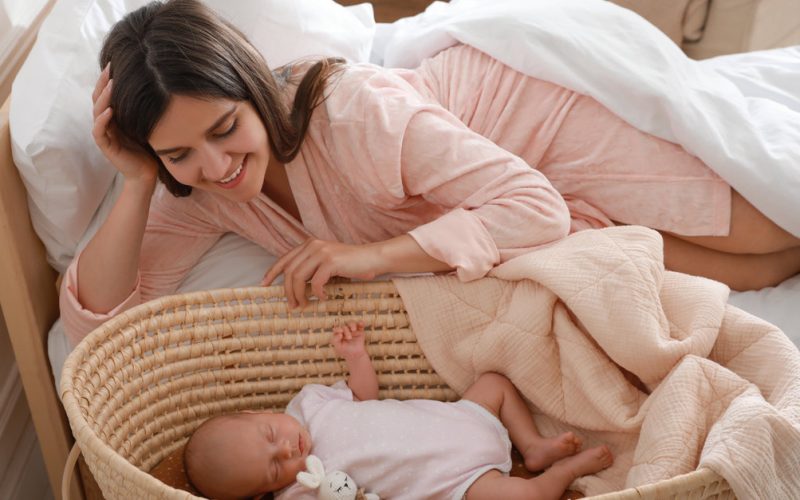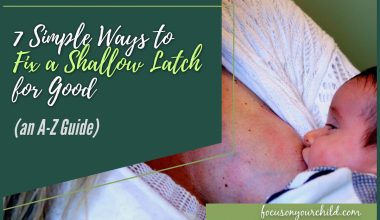Pack ‘N Play bassinets are incredibly useful pieces of equipment that can really help improve life for a parent. These Pack ‘N Plays serve a diverse set of functions such as a play area, a sleeping area, or even a changing area. Aside from their versatility, they are also relatively portable with some being easily foldable. This makes Pack ‘N Plays excellent for parents who travel often. However, there are some factors to consider determining how long a baby can be kept in a Pack ‘N Play.
Although they are not standardized, most Pack ‘N Play bassinets are rated for 30 pounds. For most babies, they should be fine in a Pack ‘N Play until they are 2-3 years old. However, there are other factors that can help parents make a decision. For example, height can be just as important to consider as weight. The ability of a baby to escape the Pack ‘N Play should also be prioritized. Lastly, it is best to follow the manufacturer’s instructions when it comes to their products.
This article will talk about Pack ‘N Play bassinets, as well as their limiting factors.
What is a Pack ‘N Play Bassinet

A Pack ‘N Play bassinet is a portable bassinet that can also serve as a playpen. The Pack ‘N Play bassinet is an incredibly versatile piece of equipment that can help parents immensely. It can be used as a safe play area at home, but then it can be folded up and brought somewhere else – perfect for vacations and visits to other homes. This makes the Pack ‘N Play bassinet especially helpful for those who visit grandparents during the weekends often.
Unlike standardized cribs, Pack ‘N Play bassinets come in a variety of sizes and construction. You should be able to find Pack ‘N Play Bassinets that can accommodate a newborn until they become a toddler. Many parents even use the play area as a travel crib when their babies grow big enough.
Different brands of Pack ‘N Plays can be distinct from one another. For example, some Pack ‘N Plays are primarily portable playpens with a bassinet accessory that can be attached at the top, making it easier for the parents to reach the baby. Some Pack ‘N Plays can be folded from a playpen into a sleeping area. Some Pack ‘N Plays can even serve as a changing table as well. Thus, it is important to look into how versatile a Pack ‘N Play can be before purchasing one.
Safe play areas are important because there are times when parents cannot keep their eyes on the baby. For example, leaving the baby in a Pack ‘N Play can be much safer when answering the door instead of leaving the baby on the floor – especially when they can already crawl around.
If a parent gets an excellent Pack ‘N Play, there is a chance that it would eliminate the need for other purchases. For example, an incredibly versatile Pack ‘N Play could already be a changing table, a play area, and a sleeping area for the baby. Although most parents would still opt to get permanent solutions while keeping the Pack ‘N Play as the prime portable solution.
With all the advantages a Pack ‘N Play can bring to parents, many would look into the limiting factors in a Pack ‘N Play. For example, some would wonder what the Pack ‘N Play weight limit is. Others might wonder what the Pack ‘N Play age limit is.
Pack ‘N Play Weight Limit
Just like most equipment designed for babies, weight limits exist to ensure the safety of your baby. Thus, it should come as no surprise that Pack ‘N Plays come with weight limits as well. However, it should please most parents to know that Pack ‘N Plays are typically rated to up to 30 pounds.
A Pack ‘N Play weight limit of 30 pounds can already benefit parents for a long time. For reference, a traditional bassinet may only be rated for up to 15 pounds. Some bassinets may reach upper ranges of up to 30 pounds as well.
On the other hand, standard cribs can start having a weight limit of around 30 pounds with higher ranges reaching up to 50 pounds.
Comparing the weight limits of the Pack ‘N Play with a traditional bassinet and crib would comfortably put the Pack ‘N Play around the middle, making it a convenient middle ground.
However, it is also not impossible to find Pack ‘N Plays that do not have weight limits. These are play areas typically designed for toddlers. The lack of Pack ‘N Play weight limits can be due to creative construction. For example, some Pack ‘N Plays may have their mattresses supported by the floor itself.
Pack ‘N Play Age Limit
Aside from weight, you might also consider the baby’s age to determine how long you can use a Pack ‘N Play.
Most would recommend that the Pack ‘N Play age limit would be around 2 to 3 years old. Most Pack ‘N Plays are designed to accommodate toddlers of about 3 years old.
However, it is also important to take note that the equipment would depend more on a physical characteristic such as weight instead of age.
Smaller toddlers that still fit within the weight limit of the Pack ‘N Play might still be eligible to use it, even if they are older than 3 years old. On the other hand, bigger toddlers might have to be removed from Pack ‘N Play even if they are not yet 3 years old. For the safety of your child, it is best to use all factors to consider their safety instead of just one.
Other Factors
While weight and age play crucial roles in determining how long your baby can use the Pack ‘N Play, there are other factors that you may have to consider.
-
Height
Aside from weight, you should also consider the baby’s height when choosing a Pack ‘N Play. Understandably, a baby can outgrow a Pack ‘N Play bassinet regardless of weight.
Though it may seem arbitrary, many parents recommend that babies are only allowed in Pack ‘N Plays until they grow to be about 35 inches in height. There are various reasons why height is another factor to consider when deciding how long to keep your child in a Pack ‘N Play.
For one, a taller child can already possibly reach the height of the walls of the Pack ‘N Play. Not only is this a risk of escape, but it can be a hazard as a child attempting to leave can possibly topple an unstable Pack ‘N Play.
Even if a baby is not attempting to escape, a tall baby might accidentally lean their body against a wall, possibly toppling the Pack ‘N Play.
A taller child would also have more reach than a shorter one. That means that they might be able to reach for items outside of the Pack ‘N Play that a parent thought to be beyond reach. This can potentially introduce choking hazards into the Pack ‘N Play without the parent knowing.
-
Mobility






